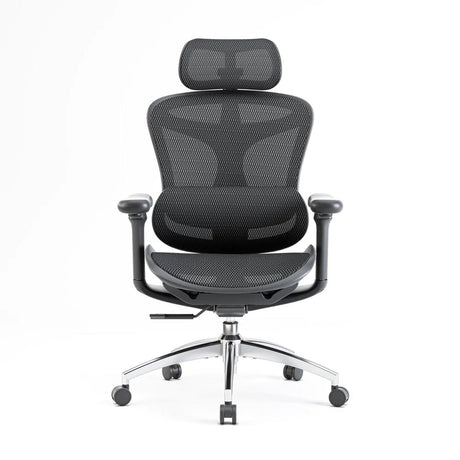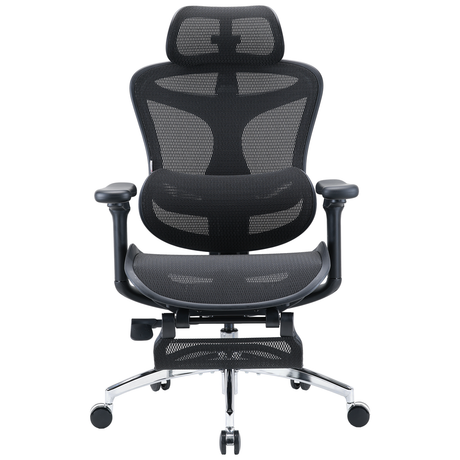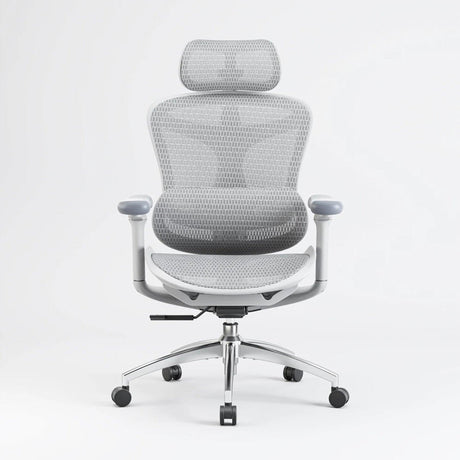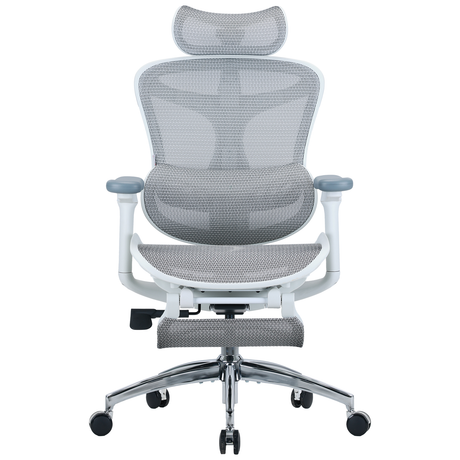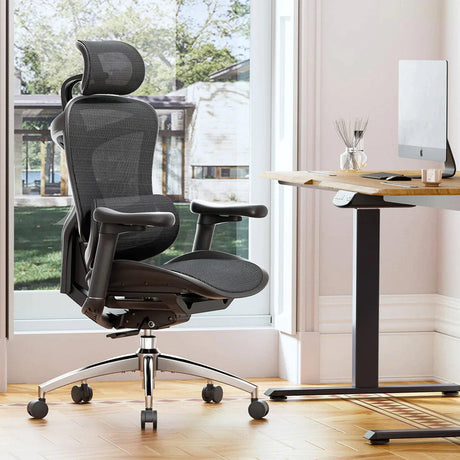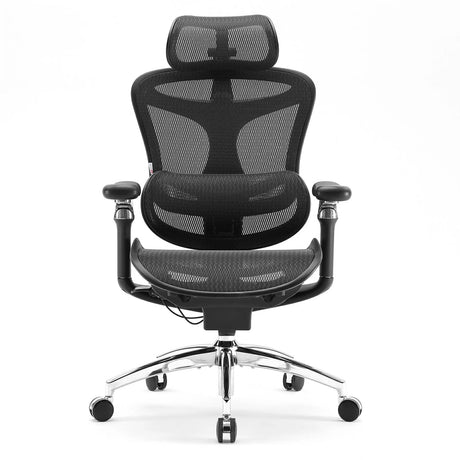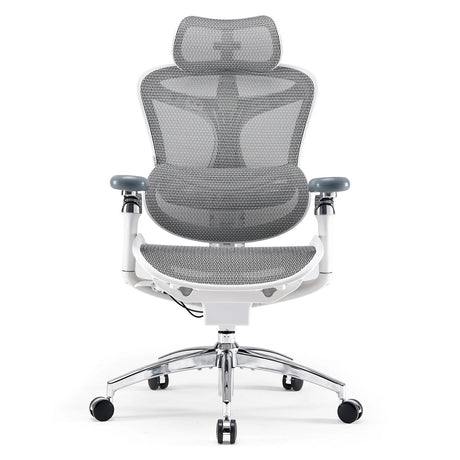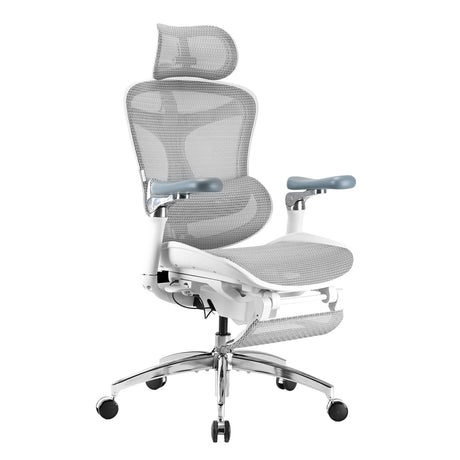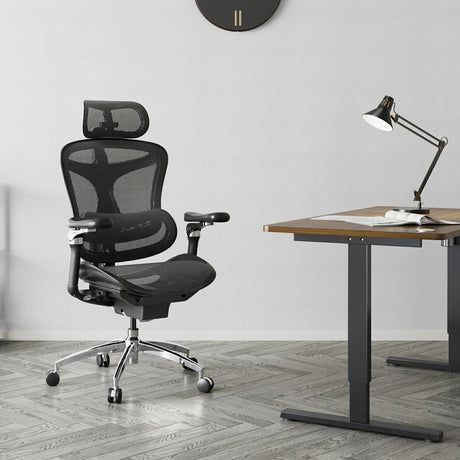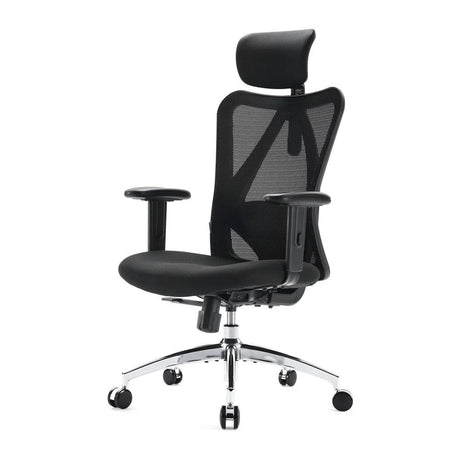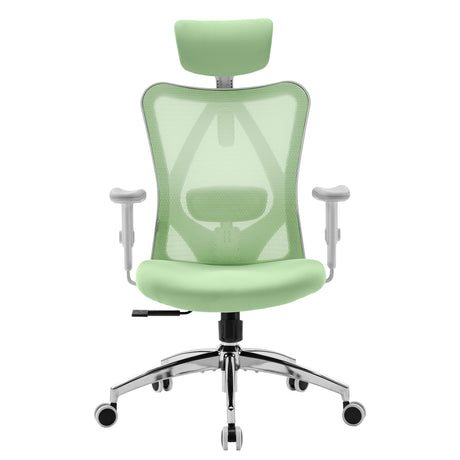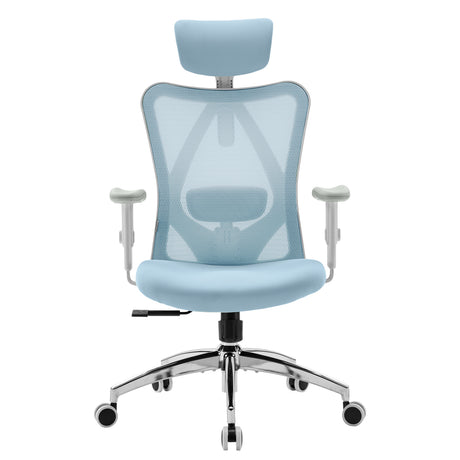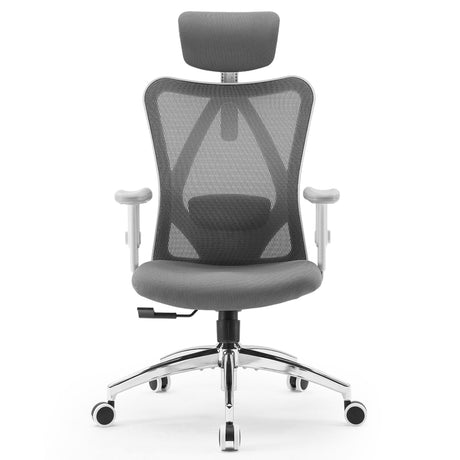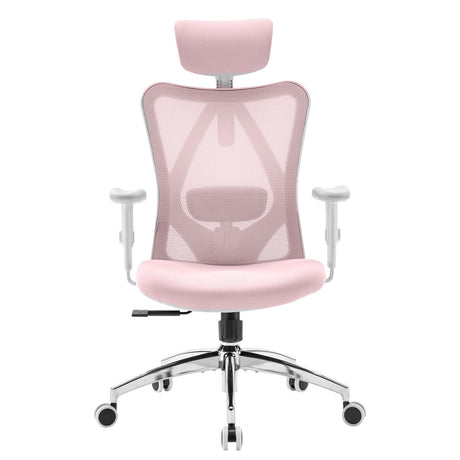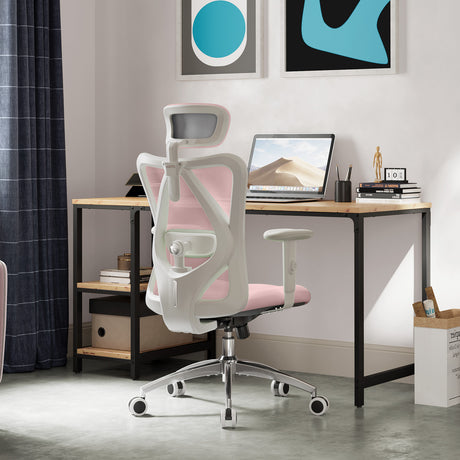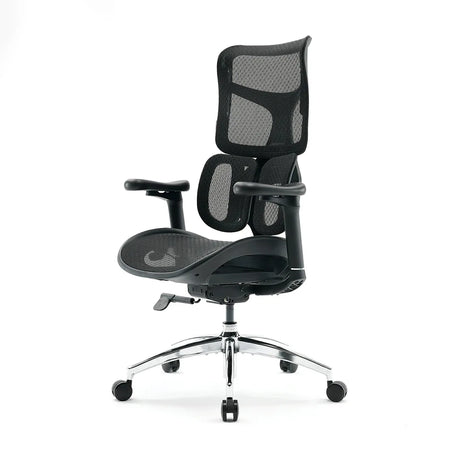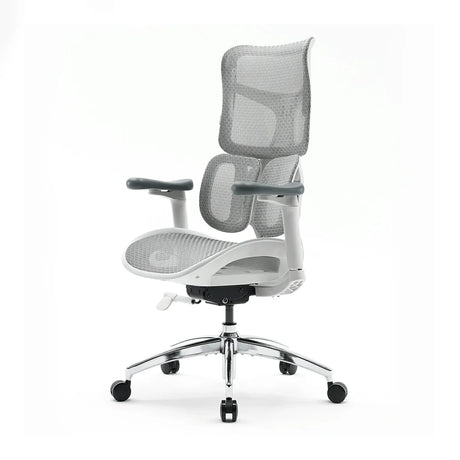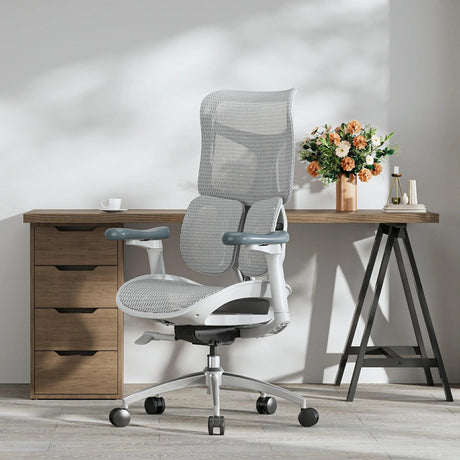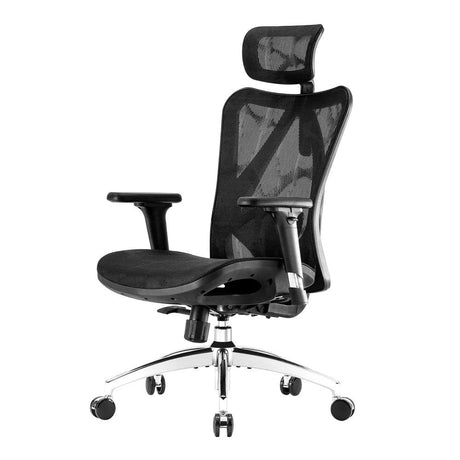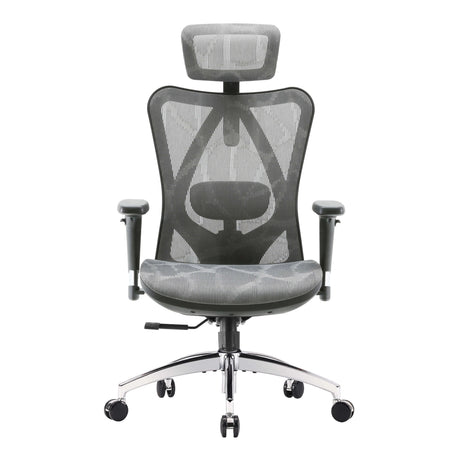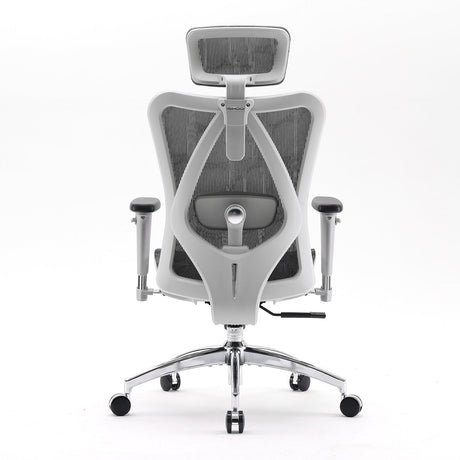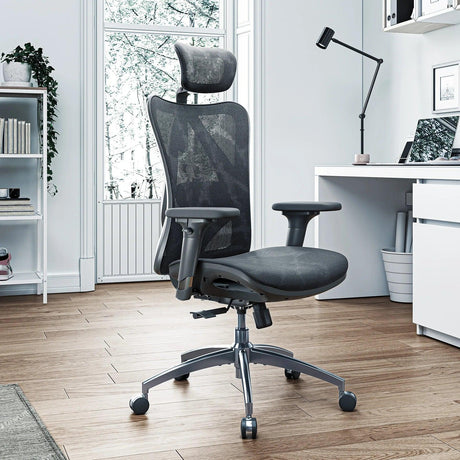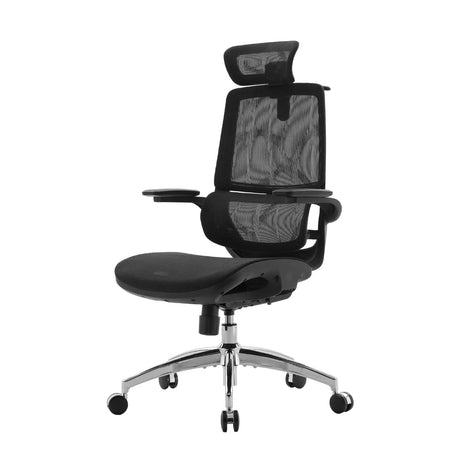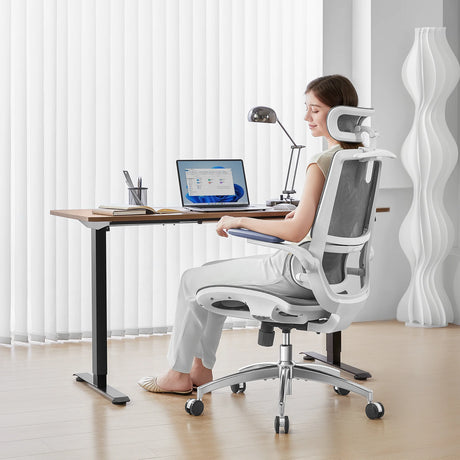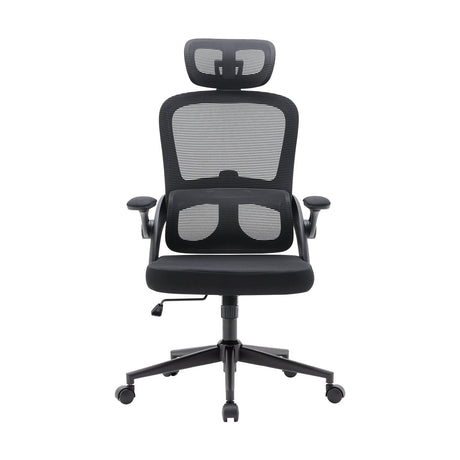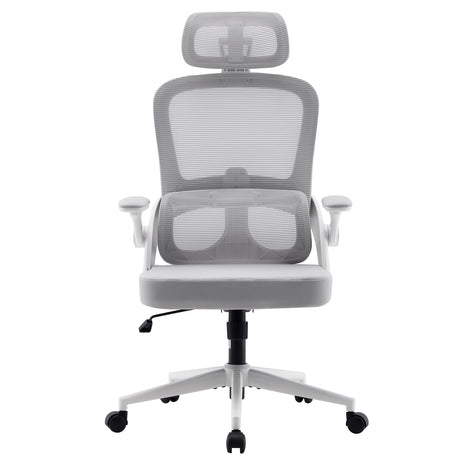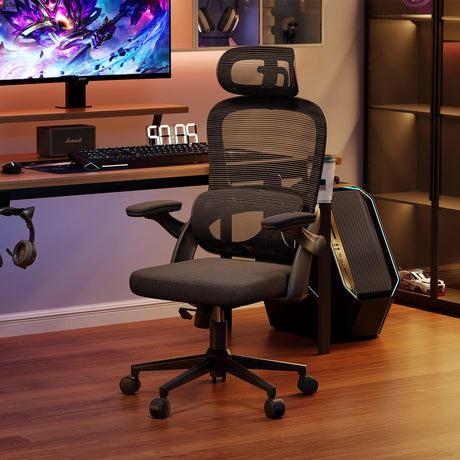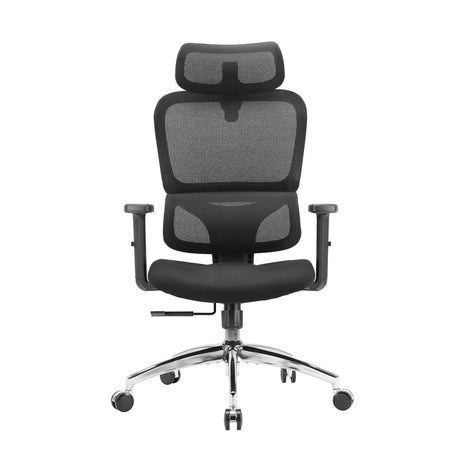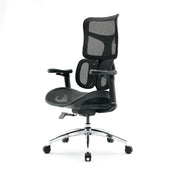At first glance, an office chair might seem like a simple piece of furniture. After all, it’s just something you sit on while you work, right? But when you look closer, you’ll realize that every detail—especially the number of legs—serves a very specific purpose. One of the most common design features you’ll find across nearly all modern office chairs is the five-legged, or five-star, base.
Whether it’s a high-end ergonomic chair or a basic task chair, five legs seem to be the universal standard. But why five? Why not four, or even six? The answer lies in a combination of stability, safety, mobility, and balance—all crucial factors in supporting the dynamic way we sit, lean, and move throughout the workday.
In this article, we’ll explore the engineering logic behind the five-star design, its connection to ergonomic comfort, and why manufacturers continue to rely on this configuration even as office furniture technology evolves.
1. The Evolution of the Office Chair Base
To understand why five legs became the standard, we need to look back at how office chairs evolved.
1.1 The Early Office Chair Designs
In the 19th century, when the concept of a “desk job” became common, early office chairs were typically four-legged wooden chairs. They resembled dining chairs but sometimes had small casters attached for movement. While functional, they had major drawbacks—mainly instability when leaned on or when users shifted their weight.
The invention of the swivel chair by Charles Darwin in the mid-1800s marked a turning point. Darwin added wheels to his chair to move around more easily while working, and later designs followed suit, emphasizing mobility. However, these early wheeled chairs still had four legs, and they frequently tipped over as office work became more active and posture-conscious.
1.2 The Shift Toward the Five-Star Design
By the mid-20th century, industrial designers and engineers began exploring the idea of a central column with radial legs—the now-familiar “star base.” This design allowed casters to be evenly distributed around a single support column, improving balance and stability.
Initial experiments used three- or four-star bases. But as testing progressed, it became clear that five legs struck the perfect balance between stability and material efficiency. Too few legs led to tipping risks, while too many added unnecessary weight and cost.
From that point on, the five-star base became the ergonomic gold standard for office chairs—and it remains so today.
2. The Science of Stability: Why Five Is the Magic Number
2.1 The Geometry of Balance
A chair’s stability depends on how evenly its weight is distributed and how far its support points extend from the center.
- A three-legged base can remain stable on uneven floors but provides poor lateral support—making it easy to tip when the user leans.
- A four-legged chair offers more support but creates “tipping points” along the edges of the square layout, especially during rotation or reclining.
- A five-legged base distributes weight evenly across all directions, minimizing any weak points.
This geometry ensures that no matter how the user moves—forward, backward, or sideways—the chair remains balanced.
2.2 Wider Base, Lower Center of Gravity
A five-leg design also allows for a wider stance without overextending any single arm of the base. This helps lower the chair’s center of gravity, which further enhances stability when leaning or swiveling.
The result is a chair that feels anchored even during dynamic motion, which is particularly important in modern workplaces where people lean back, twist, and shift frequently throughout the day.
3. Safety First: Preventing Tipping and Accidents
3.1 The Problem with Fewer Legs
Safety testing conducted by chair manufacturers consistently shows that four-legged wheeled chairs are more prone to tipping—especially when users lean backward or to the side. With only four support points, there are fewer “safe zones” to distribute the shifting center of gravity.
In contrast, five legs ensure that there’s always at least one leg positioned directly opposite the direction of lean, providing a counterbalance that prevents falls.
3.2 Workplace Safety Standards
Many safety and ergonomics organizations—including BIFMA (Business and Institutional Furniture Manufacturers Association)—recommend or even require the five-star base for office chairs. Their standards test for:
- Tip stability (front, rear, and side)
- Caster durability
- Base strength under weight loads
Chairs that don’t meet these standards are often disqualified for office use because they pose a fall hazard, which could lead to workplace injuries.
3.3 A Safe Design for Movement
Modern office work isn’t static. People roll from desk to desk, twist to reach for documents, or recline during long meetings. The five-leg base provides the necessary dynamic stability to support all these movements safely, reducing the risk of tipping or sudden imbalance.
4. Ergonomics and Movement: Supporting the Human Body
4.1 Designed for Active Sitting
A key principle of ergonomics is “active sitting”—the idea that movement throughout the day is healthier than staying still. Chairs designed with this in mind need to support small, continuous adjustments in posture.
A five-star base supports this by allowing smooth, multi-directional rolling and controlled rotation around a stable axis. This encourages users to move naturally without feeling constrained.
4.2 Balancing Recline and Support
When you recline in an ergonomic chair, your center of gravity shifts backward. Without a wide, stable base, this motion could easily tip the chair. The five-star structure counteracts this by extending the base far enough to keep the chair grounded even at steep recline angles.
4.3 Even Weight Distribution on Casters
Each caster on a five-legged base carries an equal portion of the chair’s total load. This even distribution prevents premature wear on individual wheels and ensures a smoother rolling experience over time. It also helps maintain balance, even on slightly uneven floors.
5. Engineering and Material Efficiency
5.1 The Perfect Balance of Strength and Weight
While stability is important, so is efficiency. Adding more legs increases stability, but it also increases cost, weight, and manufacturing complexity.
Through testing, engineers found that a five-leg configuration provides maximum stability for minimum material use. It offers excellent load-bearing capacity while keeping the base light enough for smooth rolling.
5.2 Material Optimization
Most modern office chair bases are made from reinforced nylon, aluminum alloy, or steel. The five-arm configuration allows manufacturers to use less material per leg while maintaining the same overall strength.
This not only saves on production costs but also makes the chair easier to move, assemble, and recycle—contributing to better sustainability in manufacturing.
6. Why Not Six Legs?
If five legs are good, wouldn’t six be even better? Not necessarily.
Adding a sixth leg would:
- Increase weight and manufacturing cost.
- Create caster interference, where wheels collide during turns.
- Make the base unnecessarily large, taking up more floor space.
The added stability would be marginal at best, while the downsides—especially reduced mobility—would outweigh the benefits. Engineers therefore consider five legs the optimal configuration: the sweet spot between balance, strength, and practicality.
7. The Role of Casters and Swivel Function
The five-leg design also perfectly complements the swivel and caster system found in modern office chairs.
Each leg supports one caster, evenly spaced 72 degrees apart, ensuring smooth and balanced rolling in any direction. This geometry prevents uneven wear on the wheels and keeps the chair centered when rotating.
Whether you’re turning to grab a file or gliding to another desk, the five-point wheelbase ensures that your movement feels stable and controlled at all times.
8. The Five-Star Design and Ergonomic Innovation
8.1 A Foundation for Modern Ergonomic Chairs
Today’s high-end ergonomic chairs—such as the Sihoo Doro S300, Herman Miller Aeron, or Steelcase Leap—still rely on the five-star base. Even though these chairs use advanced materials, dynamic lumbar systems, and synchronized tilt mechanisms, the base remains fundamentally the same.
Why? Because no other configuration has proven more efficient in terms of biomechanical support and user safety.
8.2 Integration with Modern Workspaces
As workspaces become more flexible—with standing desks, open offices, and hybrid setups—the five-legged chair continues to offer the adaptability and balance workers need. It remains the universal solution for both ergonomics and functionality.
9. The Hidden Engineering Behind Comfort
While most people focus on a chair’s seat cushion or backrest, the base quietly carries the real engineering work. The five legs support every other function—from height adjustment and tilt control to dynamic recline mechanisms.
Without a stable base, all other ergonomic features would fail. So, the next time you glide smoothly across the floor or lean back comfortably in your chair, remember: that five-legged foundation is what makes it possible.
FAQs
1. Why do some chairs have only four legs?
Four-legged chairs are common in dining or meeting rooms, where movement is minimal. They’re cheaper to produce and sufficient for static sitting. However, for rolling or reclining chairs, four legs pose a higher tipping risk, which is why they’re rarely used in office settings.
2. Are five-legged chairs safer than four-legged ones?
Yes. The five-leg design provides greater stability in all directions, reducing the risk of tipping when you lean, swivel, or roll. That’s why most ergonomic and safety standards require office chairs to have five legs.
3. Can an office chair have more than five legs?
While it’s technically possible, six-legged chairs are uncommon. They add extra weight, cost, and bulk without significantly improving stability. Five legs are the optimal engineering compromise.
4. Does the number of legs affect comfort?
Indirectly, yes. A stable base improves comfort by allowing smoother movement and confident reclining. When your chair feels balanced, you can relax and focus better on your work.
5. What materials are used in five-star bases?
Common materials include reinforced nylon for affordability, aluminum alloy for strength and style, and steel for heavy-duty applications. Each offers a balance of durability and performance suited to different chair types.
6. Can I replace a broken five-star base?
Absolutely. Most modern office chairs use standardized gas cylinders and base fittings, so replacements are easy to find. Always match the new base to your chair’s weight rating and cylinder size.
Conclusion
The reason office chairs usually have five legs isn’t arbitrary—it’s a result of decades of engineering refinement and ergonomic research. The five-star base offers unmatched stability, balance, and efficiency, making it the perfect foundation for today’s dynamic work environments.
From safety standards to comfort optimization, every aspect of the five-legged design serves a purpose. It’s the unseen hero that keeps you balanced while you type, lean, or roll across the office floor.
So, the next time you sit down at your desk, take a moment to appreciate that simple yet ingenious design beneath you. Those five legs are doing more than you think—they’re keeping your workday steady, safe, and supported.


